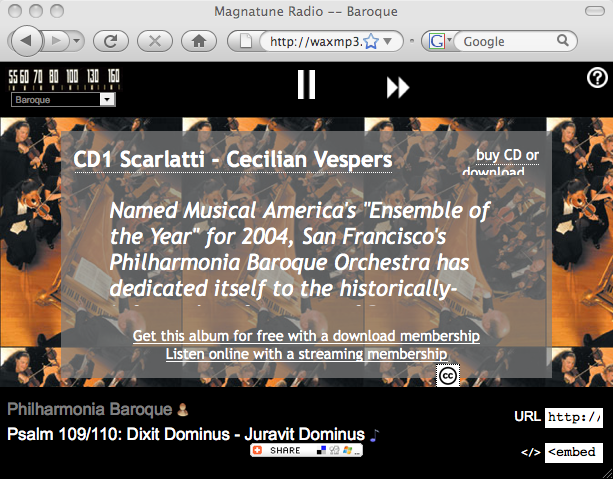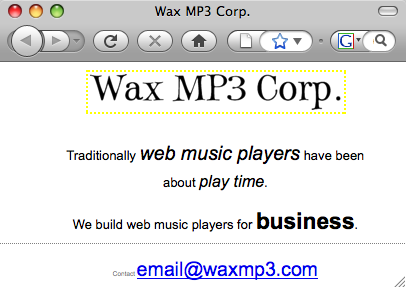To get venture capital you need to be pitching a business which can get very big. To make a music company which does that much volume you need to pursue mainstream listeners. To capture mainstream listeners you need content in the short head.
Ergo, eMusic did a deal for music from Sony’s catalog, like Bob Dylan. To do it they needed to raise prices substantially.
But eMusic’s longtime subscribers were evidentally able to get by without Sony’s catalog, and were customers on the basis of lower prices.
The new prices are about double the old ones. The new catalog is shallower, not deeper, so it doesn’t serve the needs of this user base. Higher prices, lower quality.
You see where I’m going with this. Good luck and god speed to you, eMusic. May the road rise with you and the wind be at your back. See ya wouldn’t wanna be ya. Git along little dogie.
But here’s what I’m wondering: who’s going to serve us niche buyers? Is there really no business here? Because I personally wanted more hopelessly obscure electronica, comedy proto-funk, and barely audible wax cylinders, and I can’t be the only one. So whose customer are we now?
And I don’t mean which baby business is willing to take our money until it grows up. Our money’s green as anybody’s — who want it?
There’s a tension between profitability and scale. With niche customers you can earn more per customer but less overall, because there are fewer customers… So don’t talk to me about long tail music, because it’s really a different kind of business than short head music. It’s not selling more of less. It’s a different kind of product with higher margins but lower volume.


